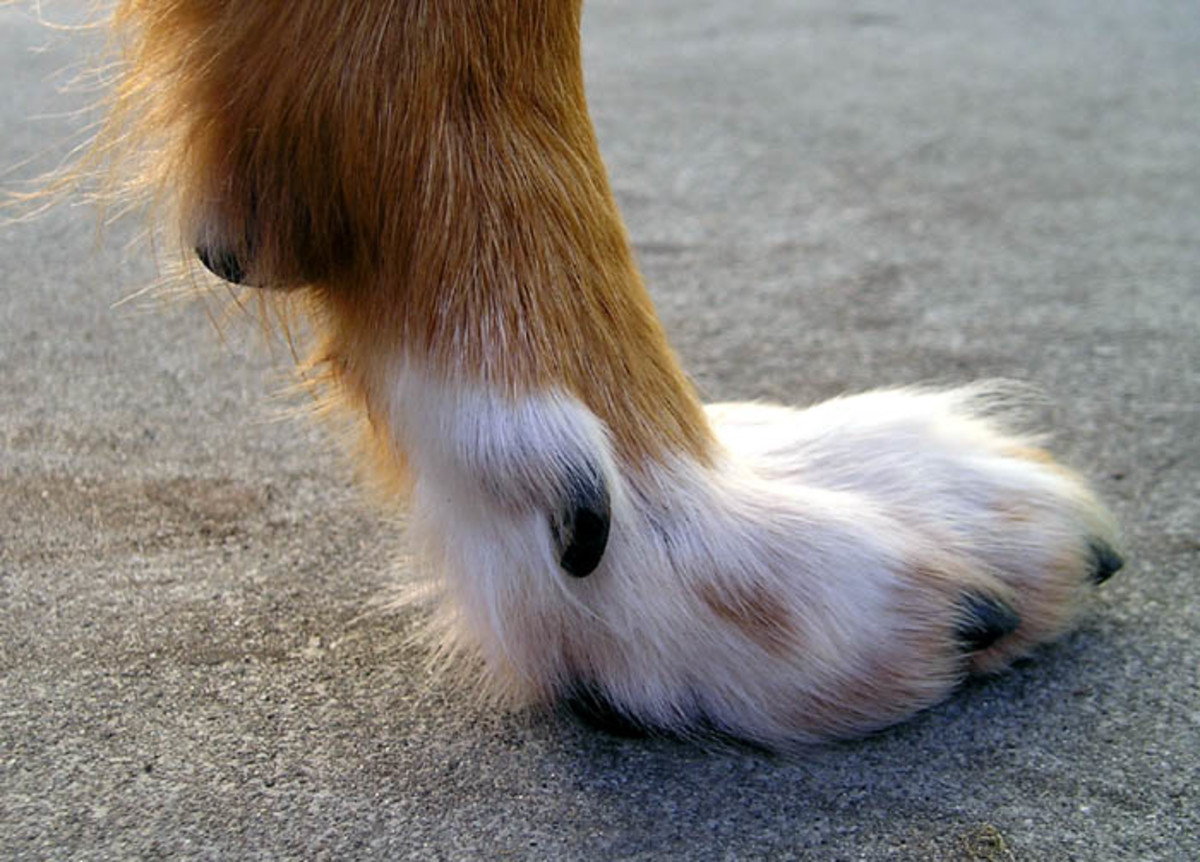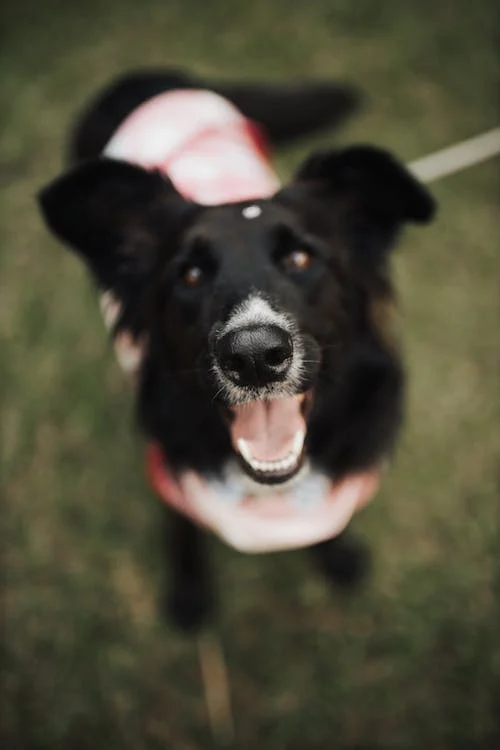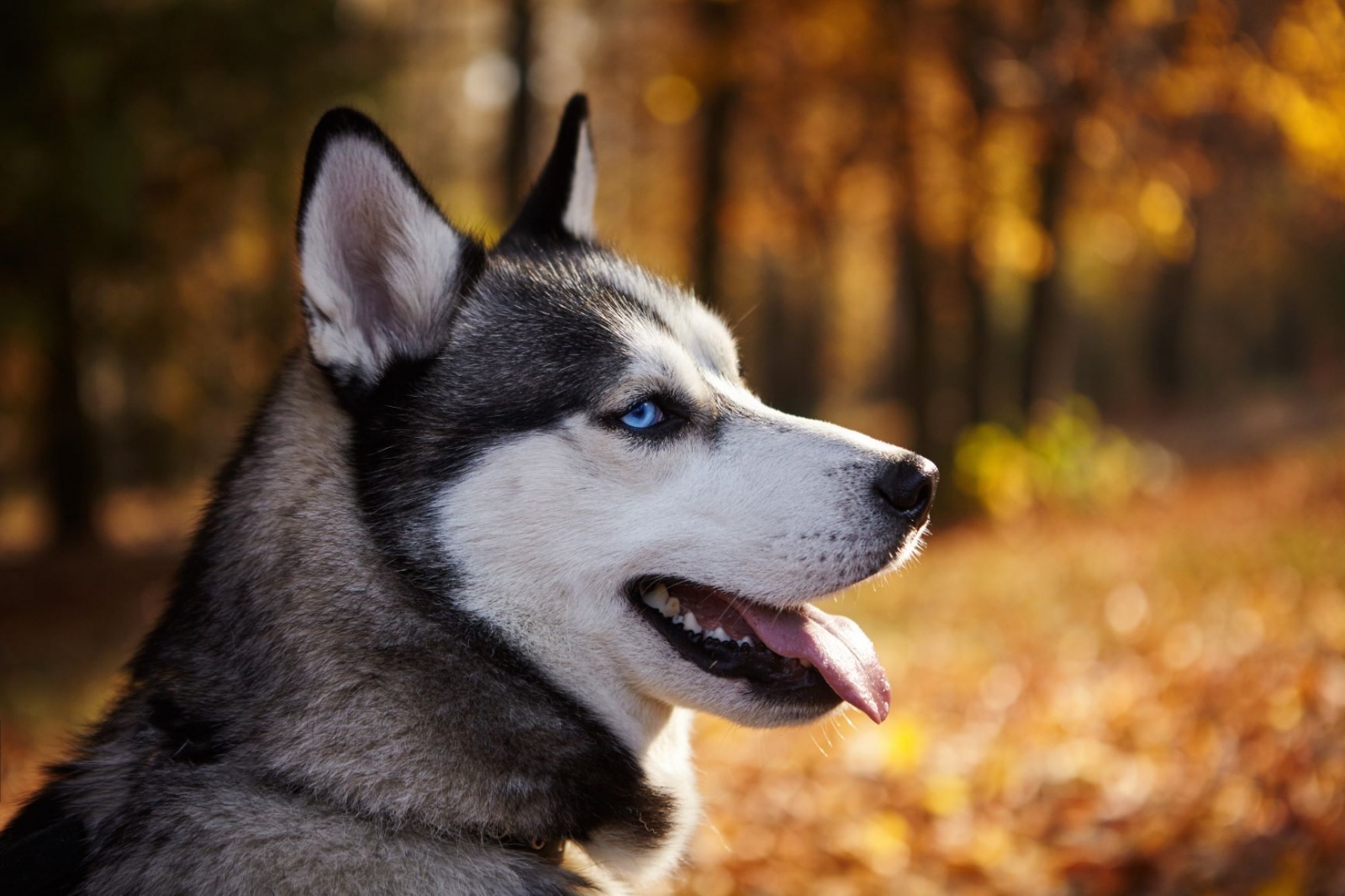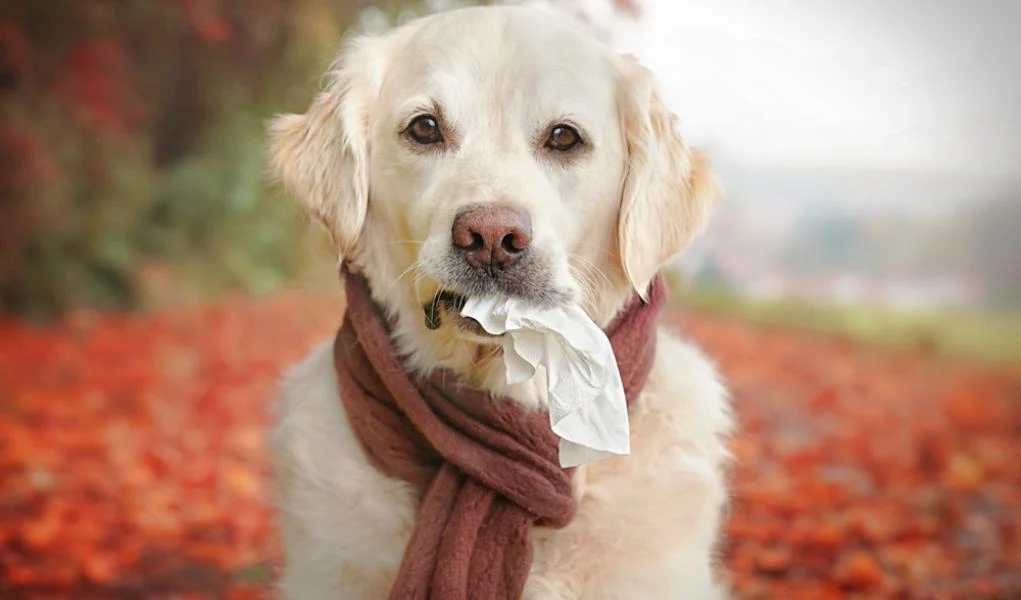Many dog owners are puzzled by the presence of dew claws, the small fifth digit remnants located higher up the leg. Unlike the four primary weight-bearing paw pads, the anatomical role of dew claws is less obvious at first glance. This ambiguity has fueled debate around whether dew claws are expendable. By understanding the intended biological purpose of dew claws and proper care guidelines, owners can make informed decisions about their management.
The Overlooked Biological Role of the Dew Claw
Though they may seem insignificant, dew claws are not simply rudimentary appendages devoid of function. Dew claws serve several important roles for dogs:
- Extra grip – Dew claws provide traction when running, turning, jumping or climbing. They allow dogs to more securely grasp objects.
- Tendon/muscle anchors – Dew claws contain ligaments, tendons and muscles connected to the structure of the leg for strength and flexibility.
- Protective defense – Front dew claws form a thick flap shielding the delicate underside of the main paw from injury.
- Breed identification – Dew claw numbers and shape help identify purebred ancestry.
Despite rear dew claws being less useful than front ones, all contribute to the dog’s characteristic agility and conveyance.

Essential Dew Claw Care Guidelines
With sensitive nerve connections, proper dew claw care promotes comfort and prevents injury:
- Trim nails regularly to avoid painful cracking, splitting or ingrowth into surrounding skin. Use extreme care not to trim into the quick.
- Examine dew claws periodically for damage — torn nails, swollen joints, embedded foreign objects, etc. Infections can develop in folded-over dew claws.
- Gently massage dew claw joints to maintain flexibility.
- Consider protective booties during high activity to shield from ripping.
- Let veterinarians determine if damaged dew claws require removal rather than deciding yourself.
Controversy Around Elective Dew Claw Removal
Many breeders choose to surgically remove dew claws shortly after birth while the bones are still soft and nerve connections not fully formed. Reasons include:
- Preventing future injuries – Dew claws can catch on objects and tear. However, risk is extremely low with proper trimming.
- Conformation showing – Some breed standards dictate dew claw removal for aesthetics.
- Convenience identification – Removing dew claws can signify a dog is spayed/neutered.
- Subjective appearances – Some owners perceive intact dew claws as unsightly.
If not medically warranted, many veterinarians argue against removing healthy dew claws solely for convenience or subjective appearances. Doing so eliminates their intended benefits.
Conclusion
Despite their small size, dew claws serve valuable purposes for dogs. With attentive trimming and care, dew claws enhance agility and provide protection. While some owners opt for removal, this remains controversial without medical necessity. By respecting the dew claw’s role, owners allow dogs full use of this mysterious extra toe and natural athleticism.



